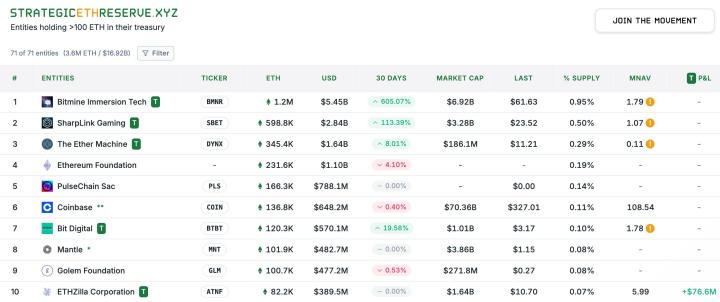Behind the impressive market capitalization growth and decentralization ideals, the cryptocurrency market is facing an underestimated systemic risk: the "liquidity illusion". This has long existed in traditional financial markets, and cryptocurrencies have not solved it. Now, across fragmented chains and exchanges, this drama has become even more difficult to resolve, making cryptocurrencies harder to become mainstream.
The cryptocurrency market's market capitalization has now reached $3.4 trillion, estimated to double to $5.73 trillion by 2033. However, B2 Ventures founder Arthur Azizov points out that this growth wave masks a core problem: "market depth is actually extremely fragile".
He uses the foreign exchange market as an example, emphasizing that even with a global daily trading volume of $7.5 trillion, mainstream currency pairs like EUR/USD often experience slippage and liquidity gaps.
The cryptocurrency market is no exception. When market sentiment turns cold, once-active order books instantly dry up, and selling pressure emerges like an avalanche.
In traditional finance, this lesson was learned long ago. After the 2008 financial crisis, banks were forced to exit market-making, and market liquidity supply roles were taken over by ETFs, passive funds, and algorithmic trading. At the time, only 4% of liquidity in the global MSCI World index was held by index funds; by 2018, this proportion had increased to 12%, and for specific stocks, it even exceeded 25%.
Even though ETFs or passive funds claim to have "good liquidity and ability to enter and exit at any time", the actual underlying holdings like corporate or secondary market bonds become difficult to sell during market volatility.
When funds rush out, market makers can only widen the bid-ask spread or simply exit the market, thereby triggering greater market turbulence.
This problem of "low-liquidity assets under liquidity packaging" is now quietly spreading in the cryptocurrency market.
During the 2022 crypto bear market, even large exchanges experienced slippage. The recent Mantra OM token's flash crash further highlighted the core issue: "The seemingly active trading depth instantly collapses under pressure."
Azizov points out that this phenomenon is particularly common among Tier 2 Tokens ranked outside the top 20:
They are scattered across different exchanges with inconsistent quotes and market-making strategies, lacking overall depth. Moreover, many project teams and exchanges often create fake market activity through wash trading and spoofing to attract users, further weakening real liquidity.
He worries that when volatility strikes, these fake liquidity providers will be the first to exit, leaving only helpless retail investors and free-falling prices.
The fundamental solution to liquidity fragmentation is not to launch another faster exchange, but to integrate cross-chain bridges and liquidity paths from the blockchain base layer (L1):
Some new-generation L1s have incorporated "asset liquidity" into the core protocol design, enabling funds to move freely across chains through smart interoperability and unified liquidity pools, improving capital efficiency and trading stability.
With cloud communication architectures (AWS and Google Cloud) and automated trading occupying up to 90% of stablecoin trading volume, the cryptocurrency market's technical infrastructure is ready. Once facilities become more complete, the cryptocurrency market may truly possess capital market functions comparable to traditional finance.
Can the Crypto Market Break Free from the Traditional Financial Cycle?
The future of the crypto market is not just about new technology, but also a redesign of market structure and risk-bearing methods. To avoid repeating the liquidity defects of traditional finance, the crypto industry must see through the illusion of "surface prosperity" and instead build a deeper and truly interconnected financial infrastructure.
Risk Warning
Cryptocurrency investment carries high risks, and its prices may fluctuate dramatically. You may lose all of your principal. Please carefully assess the risks.







